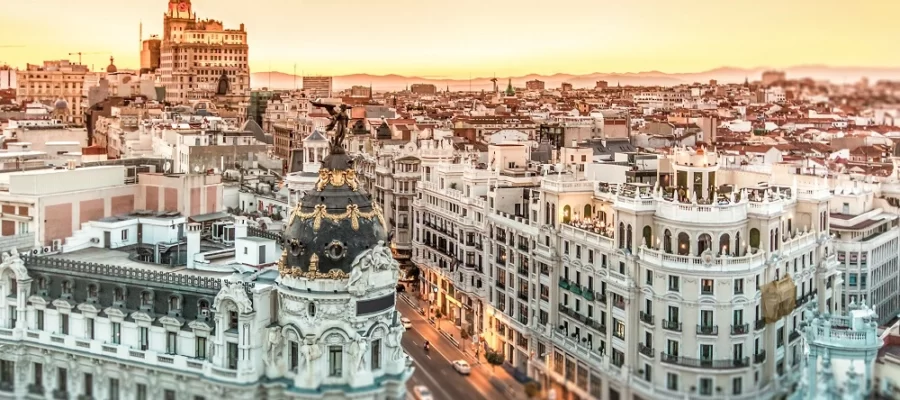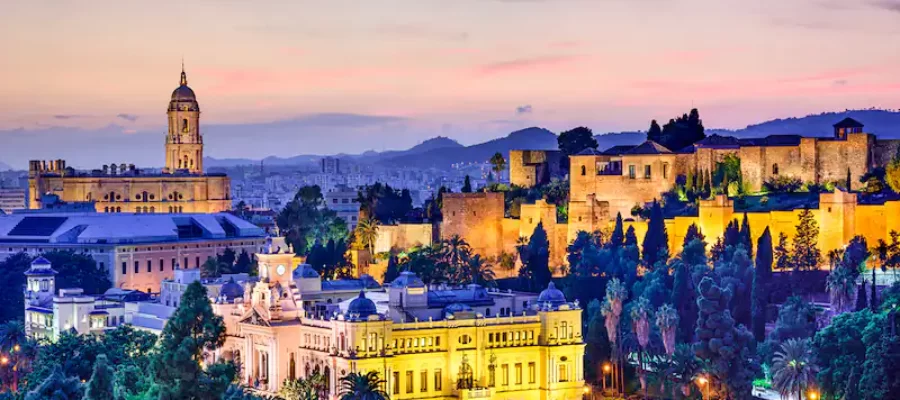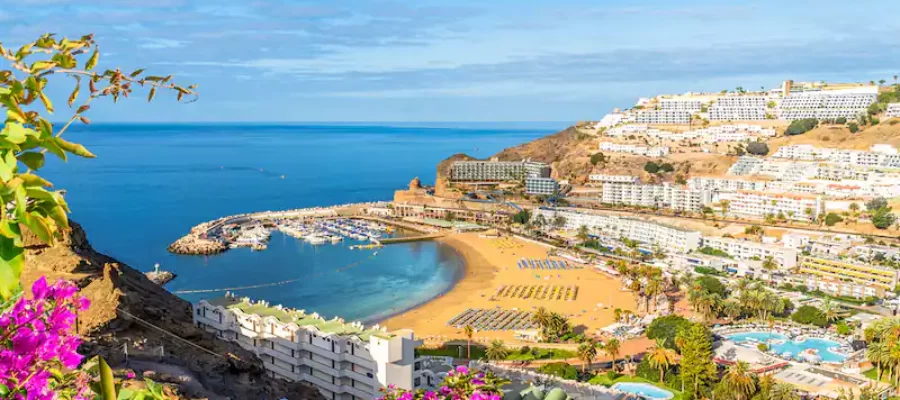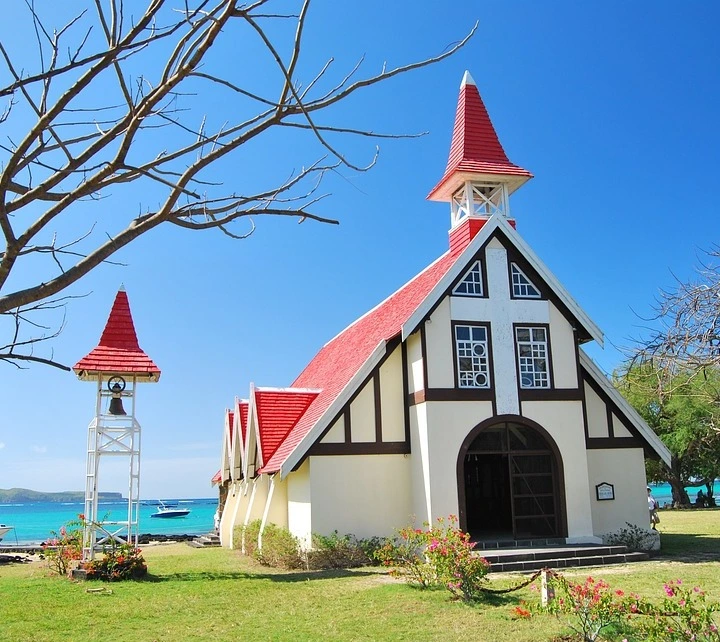Spain in February – A Guide to the Ideal Valentine's Day Trip to Spain
Spain could be Europe’s best-kept winter secret. Because of its geographical location, this European country has the most moderate temperature. It is, once again, the only place where you can have the best of both worlds in February, whether you choose to ski on snowcapped mountains or enjoy a beautiful day at the beach. The popular picture of Spain is either football or relaxing on the beach with a drink of margarita. What few people realize is that, unlike northern European countries, Spain offers delightful cold in the winter months. Also, during this time, there will be fewer people at tourist attractions, allowing you to explore the area at your own speed.Another factor may be reduced ticket costs, which would allow you to spend more money on non-travel-related expenses.
You can arrange a road trip that begins in Valencia and ends in Barcelona, traveling through the Andalusian region. You will get to see Spain’s picture-perfect coastline, beaches, and communities in addition to its stunning landscapes. Winters in the Andalusian area are the warmest. For couples who tie the knot in the winter, this is the perfect place to spend their honeymoon. If you choose a more laid-back holiday, Spain also offers the Canary Islands. In comparison to aircraft, which need you to arrive at the airport two hours in advance of takeoff, trains are a more comfortable and time-efficient means of transit in European countries.
February weather in Spain

February in Spain showcases a varied climate across its diverse regions. Coastal cities such as Barcelona and Valencia often offer milder temperatures, hovering between 10-15°C (50-59°F) during the day, while occasionally experiencing light rain showers. These areas tend to have relatively moderate weather, making them suitable for exploring outdoor attractions and strolling along the coastline. However, evenings can be cooler, dropping to around 5-8°C (41-46°F).
Inland regions, including Madrid and central Spain, tend to be cooler, averaging 5-10°C (41-50°F) during the day. Nights can be notably colder, often dipping below freezing, especially in higher elevation areas. This climate makes it necessary to bundle up when venturing out, but it also offers a cozy ambiance for enjoying indoor activities and exploring historical sites.
Northern areas like Bilbao experience slightly colder and wetter conditions, with average temperatures ranging from 8-12°C (46-54°F). Rainfall is more frequent in these regions, so it’s advisable to be prepared for occasional showers and colder temperatures.
Conversely, southern regions such as Seville and Malaga boast relatively warmer weather, averaging 15-18°C (59-64°F) during the day. These areas offer a respite from the cooler temperatures found in other parts of Spain, providing an opportunity to enjoy outdoor activities and explore the region’s cultural and historical sites comfortably.
Overall, February in Spain presents a diverse climate, ranging from mild to cool temperatures, with varying levels of precipitation depending on the region, making it an interesting time to explore different facets of the country’s weather and attractions.
What to bring to Spain in February

Packing for Spain in February requires consideration for diverse weather conditions across the country. Here’s a suggested packing list:
Clothing:
- Layers: Long-sleeved shirts, sweaters, and cardigans for warmth.
- Jackets/Coats: Bring a heavier coat or jacket, especially for inland and northern regions where it can be colder.
- Pants: Jeans or trousers for versatility.
- Comfortable Shoes: Walking shoes or boots for exploring cities and countryside.
- Scarf and Gloves: Especially useful for cooler evenings or in regions with lower temperatures.
Accessories:
- Umbrella or Raincoat: To be prepared for occasional showers, especially in coastal and northern regions.
- Sun Hat and Sunglasses: Useful for sunny days, particularly in southern areas.
- Daypack or Bag: Carry essentials during outings or day trips.
Electronics:
- Adapter: A universal power adapter to charge electronics.
- Camera: Capture the beautiful scenery and experiences.
Toiletries and Health:
- Skincare: Moisturizer and lip balm to combat dryness in cooler weather.
- Medications: Personal medications and a basic first-aid kit.
- Sunscreen: Even in cooler temperatures, UV rays can still affect the skin.
Miscellaneous:
- Travel Guide or Maps: To navigate and discover Spain’s attractions.
- Travel Documents: Passport, visas (if needed), travel insurance, and itinerary details.
- Currency and Payment Methods: Have some local currency (Euros) and various payment options (credit/debit cards).
Fashionable Attire for Nights Out:
- Spain has a vibrant nightlife, so consider bringing slightly dressier outfits for evening outings, especially if planning to visit bars, restaurants, or clubs.
Adaptations for Specific Regions:
- Beachwear: If visiting coastal areas in the south where temperatures might be warmer.
- Snow Gear: If planning to visit mountainous areas for winter sports activities.
Spain travel destinations for February
- Malaga
- Canary Islands
- Murcia & Cartagena
1. Malaga

Malaga, nestled along Spain’s stunning Costa del Sol, is a captivating city that blends rich history, vibrant culture, and breathtaking coastal beauty. This Mediterranean gem boasts a unique allure with its diverse attractions and picturesque landscapes.
The city’s historical significance is reflected in its architecture, notably the Alcazaba fortress and the Gibralfaro Castle, offering panoramic views of the city and the sparkling coastline. Malaga’s cultural scene thrives in its museums, including the Picasso Museum, honoring the renowned artist who was born here.
Beyond its historical and artistic treasures, Malaga’s charm emanates from its inviting beaches and a delightful promenade. The shores of La Malagueta and Pedregalejo beckon visitors to relax on golden sands or savor fresh seafood in beachfront chiringuitos.
With its blend of history, culture, gastronomy, and coastal beauty, Malaga captivates travelers, offering an unforgettable experience that seamlessly intertwines the city’s past and present against the backdrop of the Mediterranean Sea.
2. Canary Islands

The Canary Islands, an archipelago located off the northwest coast of Africa, presents an enchanting world of diverse landscapes, inviting beaches, and a year-round pleasant climate. Comprising seven main islands—Tenerife, Gran Canaria, Lanzarote, Fuerteventura, La Palma, La Gomera, and El Hierro—the Canaries offer a spectacular blend of natural beauty and cultural heritage.
Each island boasts unique features: Tenerife hosts Spain’s highest peak, Mount Teide, while Gran Canaria showcases a diverse terrain, from pristine beaches to rolling sand dunes. Lanzarote’s lunar-like landscapes and volcanic vistas, along with Fuerteventura’s endless stretches of golden sands, attract nature enthusiasts and sun-seekers alike.
The Canary Islands also charm visitors with vibrant local culture, delectable cuisine, and a range of outdoor activities, including hiking, water sports, and exploring UNESCO World Heritage Sites. Whether seeking relaxation or adventure, the Canary Islands offer an alluring escape embraced by the Atlantic Ocean and bathed in year-round sunshine.
3. Murcia & Cartagena

Murcia, a region in southeastern Spain, boasts a blend of rich cultural heritage, historic sites, and natural beauty. Its capital, Murcia city, entices visitors with its impressive Baroque cathedral, charming old town squares, and vibrant markets offering local produce and crafts. The region is renowned for its delicious cuisine, featuring specialties like “zarangollo” (a vegetable-based dish) and “paparajotes” (a sweet dessert).
Cartagena, a coastal city within the Murcia region, is steeped in history. Its ancient roots are evident in the Roman Theater, a well-preserved archaeological site, and the stunning remains of Roman baths. The city’s port area bustles with maritime activity while its modernist architecture and beautiful promenades attract visitors seeking a picturesque seaside stroll.
Both Murcia and Cartagena offer a captivating mix of cultural landmarks, gastronomic delights, and coastal charm, making them intriguing destinations for history enthusiasts and travelers seeking a taste of authentic Spanish culture.
Let us know your requirements. Our experts will curate the perfect itinerary for you.






















































